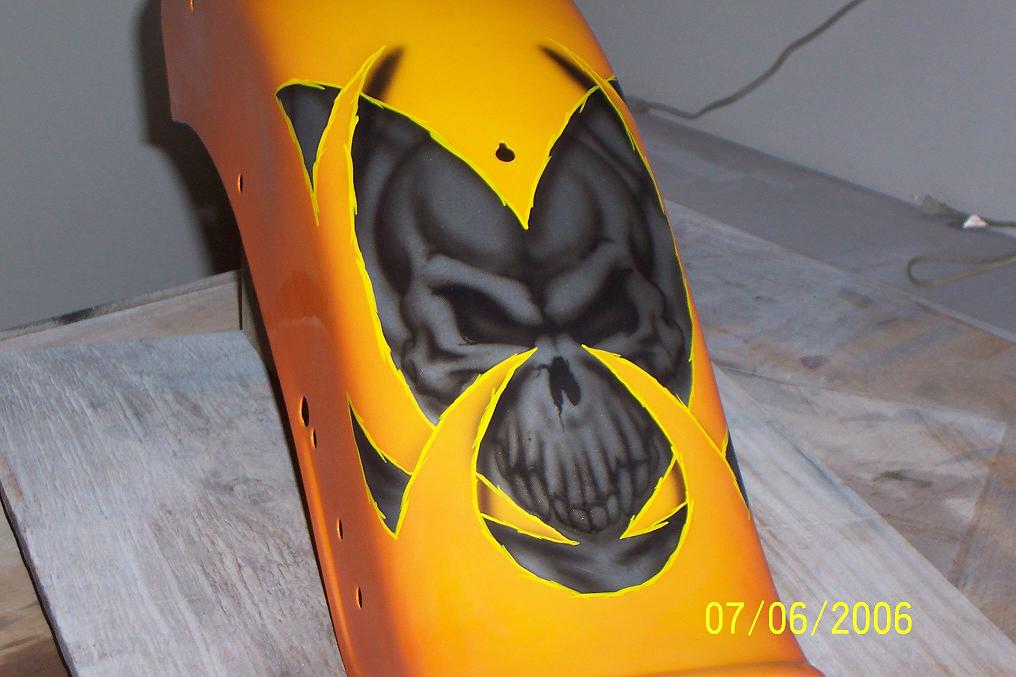 |
 |
 |
 |
 |
 |
 |
 |
 |
 |
 |
Automotive sealants, gaskets and insulating materials
Sealants and liquid compounds
Solid gaskets made of paronite, cardboard and some other materials are very widespread in modern cars and many other units (as gaskets of flange joints). But these gaskets have their disadvantages:
- they are subject to aging processes (with prolonged storage or work), due to which the tightness is compromised;
- the gasket material must be constantly exposed to a certain pressure, so that it is pressed tightly and fully performs its functions (and does not deform).
Relatively recently, new viscous materials called liquid sealants began to be used for sealing flange joints. Liquid sealants can be divided into three types: hardenable (vulcanizing), drying and non-drying. Liquid sealants are very good at filling pores, cracks and all the irregularities, sealing connections and easily change shape with little effort. Liquid sealants are polymeric (elastomeric or oligomeric) compositions.
Non-drying sealants, if there is pressure in the working environment, can be used for sealing products with a small roughness of the surface, if the part without significant roughness and misalignment with gaps of 0,08 - 0,1 mm. During operation the non-drying sealants are in a plastic or plastoelastic state. The main disadvantage of non-drying sealants is the lack of sufficient and constant elasticity. This can result in small cracks and gaps if the amount of clearance changes during operation (which is typical for automotive joints). The sealant will not perform its full function. Non-drying sealants include compounds based on high molecular weight thiokol, low and high molecular weight butyl rubber, polyisobutylene, ethylene propylene rubber.
Among vulcanizing sealants one can single-pack self-vulcanizing liquid gasket KLT-75T (compound). It is made on the basis of silicone rubber and is used most often for repair purposes. This liquid gasket can replace common analogs made of cardboard or paronite. KLT-75T is characterized by high deformation and strength properties; it can be used in the temperature range from -55 to +300°?.
Semi-drying and drying sealants after application and evaporation of the solvent can form a film somewhat similar to rubber. Among the disadvantages of these types of sealants are their long drying time (it takes a long time for the solvent to evaporate) and reversibility of the process, so the physical and mechanical properties are not constant. Drying sealants are compositions based on elastoplastics and butadiene-nitrile rubber.
Below is a description and brief description of some sealant compositions.
Non-drying black mastic 51-G-6. It is based on low-molecular polyisobutylene (P-20s or P-20 grades) with addition of gasoline. This mastic can be used at temperatures ranging from -50 to +90°?. Often the mastic is used for sealing metal joints, riveted joints under pressure of 4.9 MPa, as well as for sealing car windows.
The black color U-30M sealant is made on the basis of liquid thiokol which can be vulcanized at the temperature above 15°?. The working temperature range is from -60 to +130 ° C. U-30M sealant is mainly used for sealing fixed metal joints in the environment of fuels and air (the only exceptions are copper, silver and brass alloys).
Sealant UT-31 differs from the previous version only in color and additives. Its application is the same.
The non-drying sealing paste UP-25 is used in combination with cork or other gaskets for sealing car engine units. It is produced on the basis of a solution of castor oil, iditol in isopropanol and ethanol with the addition of technical carbon and kaolin.
Bitumen antiseiseize mastic BPM-1 is used for antiseize and anticorrosive protection of the vehicle empennage, outer, inner and lower parts of the body and cabin. Noise protection mastic is necessarily applied to pre-primed or phosphatized surface by pneumatic spraying or airless spraying. Before application the mastic should be kept at a temperature not lower than 18°C and mixed well.
Water shut-off paste of black color is made on the basis of the solution of alkyd resin and petroleum bitumen in xylene with the additional addition of asbestos. Working temperature range - from -50 to +90°?. The surface is coated with the paste by the following methods of application of paintwork materials: by trowel or by means of pneumatic spraying. The paste is used mainly for processing of welding seams on car bodies (to prevent moisture).
 |

